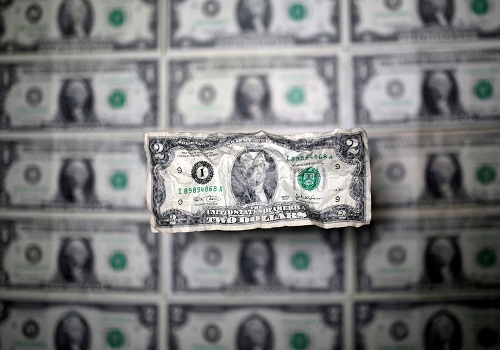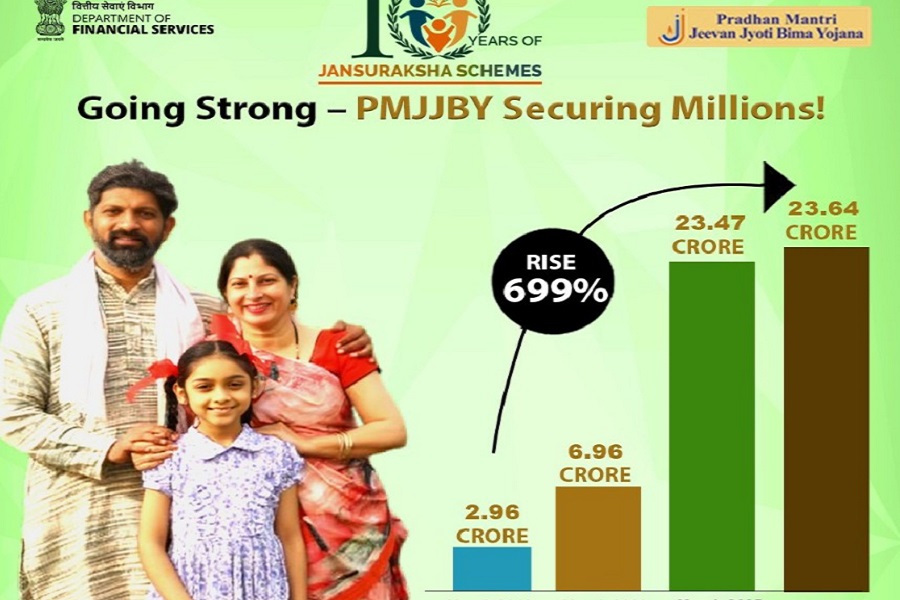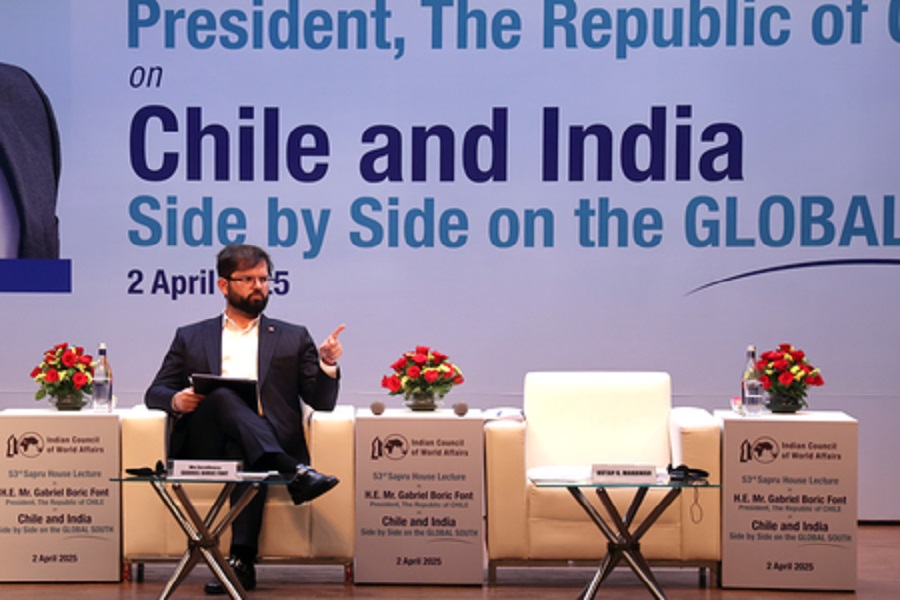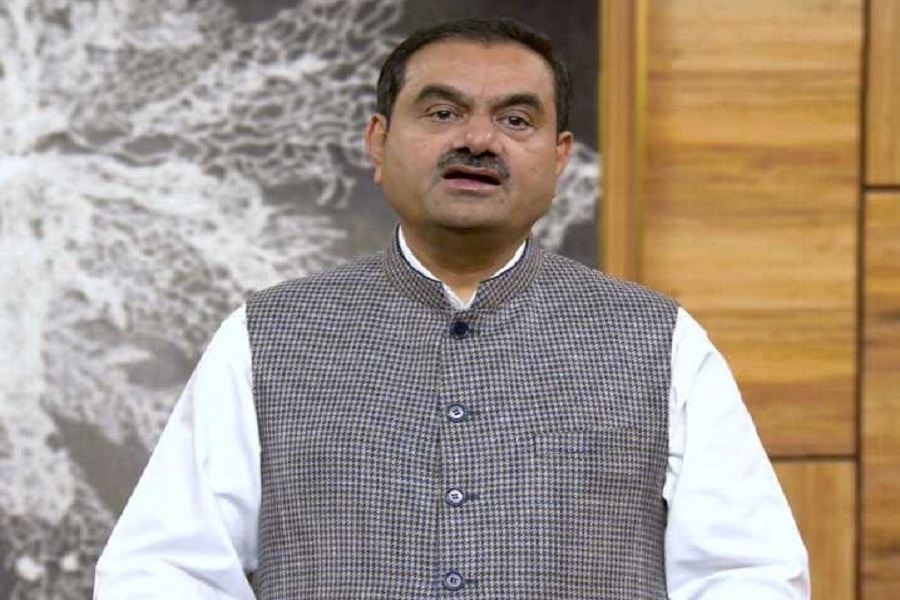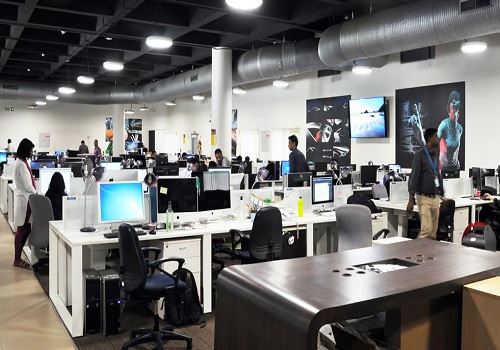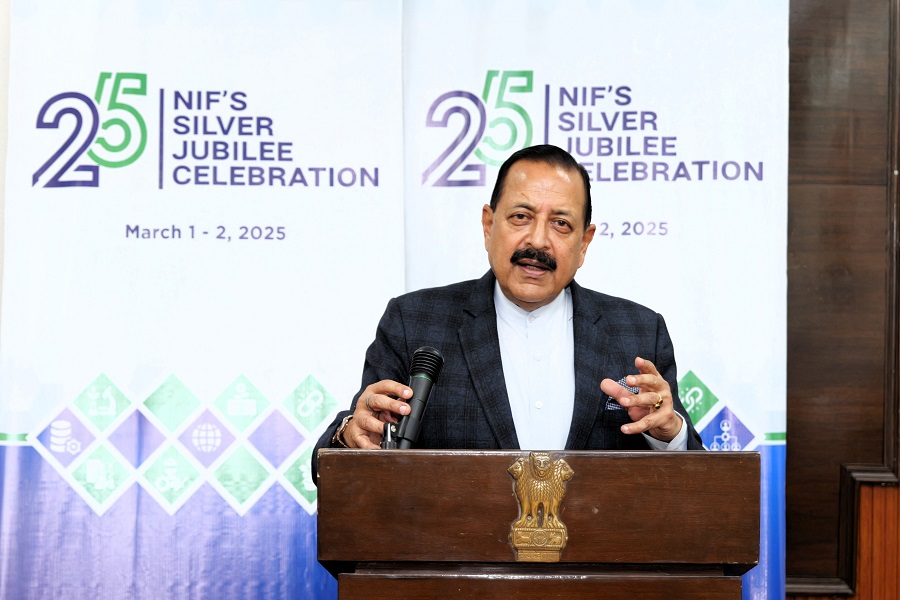RBI to stay hawkish on interest rate: Acuite Ratings Chief Economist
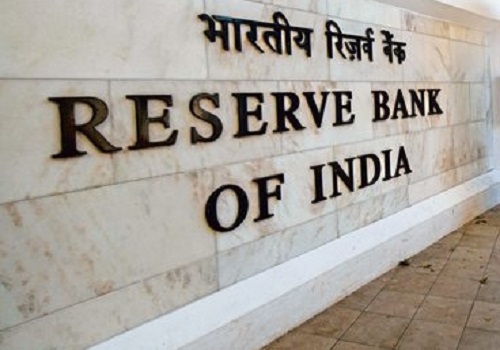
The Reserve Bank of India (RBI) believes that the current surge in inflation, driven by food prices, is transient and it should moderate by the third quarter with the arrival of the kharif crop.
However, with the inflation risk persisting, the RBI will continue to maintain a hawkish stance in the near future, Suman Chowdhury, Chief Economist and Head of Research, Acuite Ratings & Research, told IANS in an interview.
Here he talks about the actions of the RBI and the Central government in tackling inflation. Excerpts:
Q. In your view, how does the RBI view the inflation and the strategies it follows to contain the same?
A. The RBI’s Monetary Policy Committee (MPC) has a stated goal of bringing down headline consumer (CPI) inflation below 4%. While CPI inflation had declined to 4.6% in the first quarter of the current year, it has again shot up to 7.4% in July 2023 and is likely to be well over 6.0% in the second quarter.
The RBI believes that the current surge in inflation, driven by food prices, is transient and it should moderate by the third quarter with the fresh arrival of the kharif crop. This is also aligned to our view at this point in time.
Nevertheless, given the risks to inflation in the near term, we believe that the RBI will continue to maintain a hawkish stance in the near term. While any rise in the rates is unlikely unless there is a sustained rise in core inflation from the current levels, any pivot in the monetary policy may be at least 2-3 quarters away. Further, the liquidity environment is likely to be maintained at a slightly tight level.
Q. How are the RBI’s actions in controlling inflation playing out?
A. The MPC has hiked the benchmark rates by an aggregate of 250 bps points since last year. It is also ensuring that the system liquidity is relatively tight and the latest measure in that regard is the imposition of an incremental cash reserve ratio. Tighter liquidity will ensure better transmission of the rate hikes through higher deposit and consequently, higher lending rates.
Food inflation, however, is driven by demand- supply mismatches and can’t be addressed by monetary policy. If higher food prices lead to second round effects and lead to a rise in core inflation, that can be addressed through monetary policy tools which tend to slow down demand.
Q. In your view, how is the Central government tackling the inflation problem?
A. The government has been taking steps to cool down the prices in various food categories by raising export duty or banning exports, sale from buffer stocks or imposing stockholding limits. This has already been seen in categories like wheat, rice, pulses, edible oil and recently, tomatoes and onions. Co-ordinated fiscal and monetary policy actions will be necessary to balance the inflation-growth dynamics in the economy.
Q. On the impact of the monsoon, sowing area and the harvest volume expected as compared to last year?
A. The monsoon has been erratic in the current season possibly due to the impact of El Nino. Given the copious rains in July, however, there is a likelihood of the overall rainfall being normal or slightly deficit.
The overall sowing area for kharif crops has actually been slightly higher than last year although the kharif output is still uncertain given the inconsistency in spatial and temporal distribution of rainfall.
While we expect a moderation in food inflation in our base case, it will remain a monitorable given the weather and the kharif output risks.

